Liquefied Petroleum Gas (LPG) cylinders
LPG cylinders are containers in which propane and butane are mixed in certain amounts so they can be used as fuel for a variety of applications. LPG cylinders are used in many workplaces for cooking, heating, cutting and refueling vehicles such as forklifts.

What are LPG cylinders made of?
According to the Bureau of Indian Standards, LPG cylinders are made of carbon steel. Wall thickness is a major aspect to consider when designing a cylinder. The factors that affect the wall thickness are: the ratio of the diameter of the round top to the height, the shape of the cylinder dome, the cylinder test pressure, cylinder outer diameter, joint radius, straight flange length, material yield strength, disc radius, the welding seam factor.
Why are most LPG cylinders red?
The color red is known to have the highest wavelength in the visible spectrum, so it can be seen from a great distance. It is a color usually associated with any flammable material. However, cylinders (especially non-commercial cylinders) are painted Oxford Blue with a 4" band of red in the middle of the cylinder. This is done as the cylinder stops turning.
What is the stress in the cylinder?
LPG cylinders are thin pressure vessels. When the cylinder is filled with LPG, a pressure of 12 - 18 bar is generated inside the LPG cylinder. Due to the pressure in the cylinder, stresses are generated. They are of two types: circumferential stresses and longitudinal stresses. Both are tensile stresses. During the analysis, it is often found that circumferential stresses are usually greater than longitudinal stresses. Therefore, circumferential stresses are the main principal stresses and are often attributed to cylinder failure.
Why is the weld on the cylinder circumferential?
Circumferential stresses are the primary principal stresses and longitudinal stresses are the secondary principal stresses. If the primary principal stresses exceed the strength of the material, there is a risk of failure. Therefore, we need to keep it to a minimum.
If we weld longitudinally, the circumferential stresses will rise. On the other hand, if we weld indirectly, the longitudinal stresses will rise. We can tolerate the rise in longitudinal stress because it is a secondary primary stress. A rise in circumferential stress can lead to failure. Therefore, the weld finish is circumferential
What kind of welding is done on LPG cylinders?
The welding done on the cylinder is called submerged arc welding (SAW). In SAW, the strength of the weld is greater than the strength of the base material. The greater strength is to prevent leaks, which can be catastrophic. The flux is poured in through the feed hopper because the electrode is immersed in the flux in grain form, hence the name SAW. The slag floating on top is subsequently removed.
Risks associated with LPG cylinders
LPG is highly flammable and an asphyxiant, so extra care must be taken when handling and storing cylinders. Because LPG is so common -- we are accustomed to taking these cylinders camping or attaching them to our outdoor grills at home - sometimes we don't give this dangerous item the respect it deserves.
In addition to the risks associated with high-pressure industrial gases, LPG has the following risks and hazards:
◭LPG is very flammable and cylinders can explode in the event of a fire. LPG cylinders should be used and stored away from heat, oxidizers and ignition sources. lpg can be ignited by burning cigarettes, open flames, spark-producing switches/tools, heaters, bare lights, indicator lights, cell phones, etc., and even the remote control of a car's central locking system.
◭LPG is denser than air, so it can collect in low-lying areas such as pits and basements where there is a choking, fire or explosion hazard. Keep cylinders, valves and regulators well maintained and regularly serviced to avoid leaks. Close valves when cylinders are not in use and ensure that accessories such as torches are removed when cylinders are not in use or stored.
◭LPG is an asphyxiant and therefore must be used in a well-ventilated area. Do not use or store gas in confined spaces, enclosed rooms or unventilated areas






 Language :
Language : English
English français
français español
español



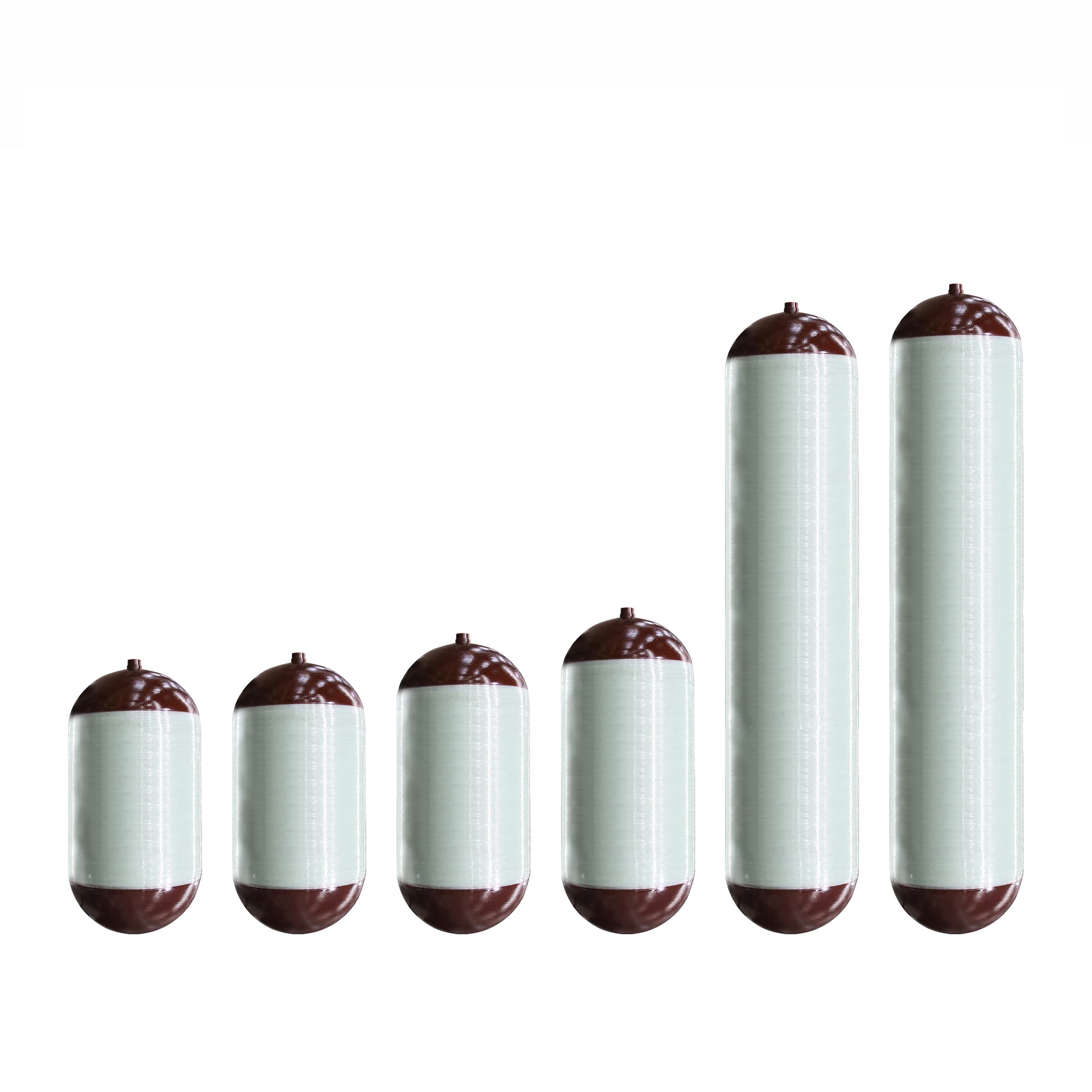
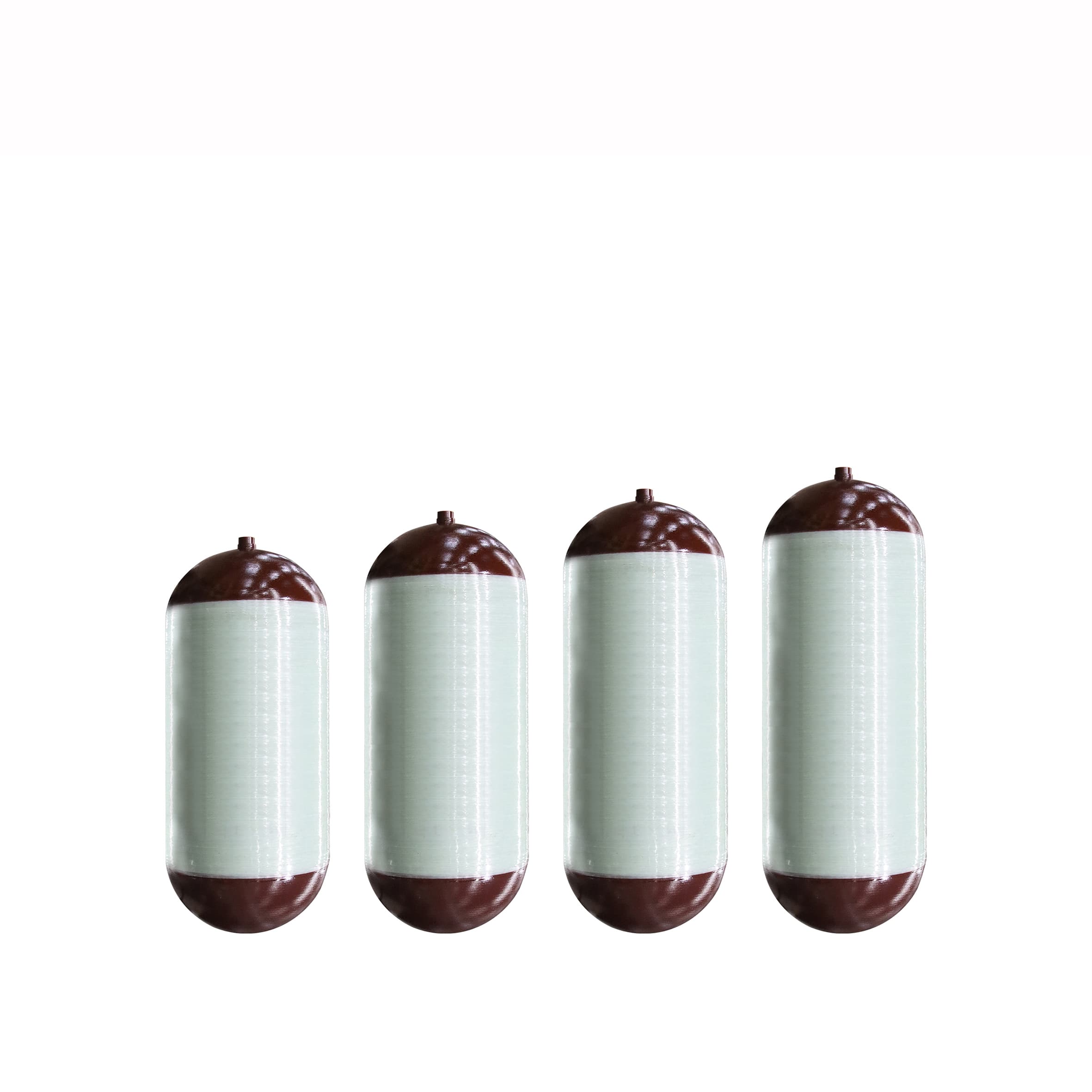
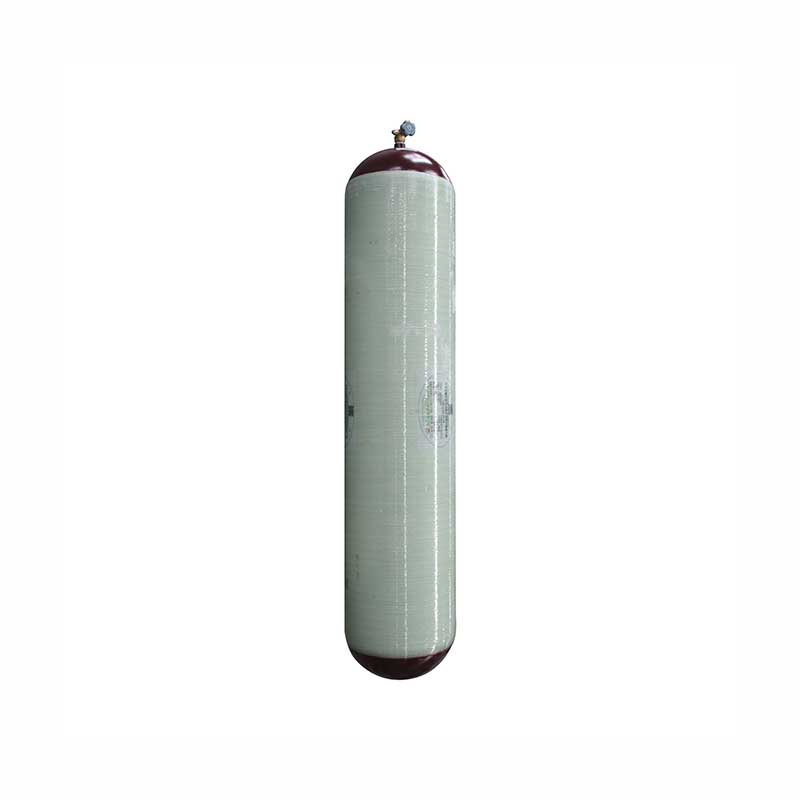
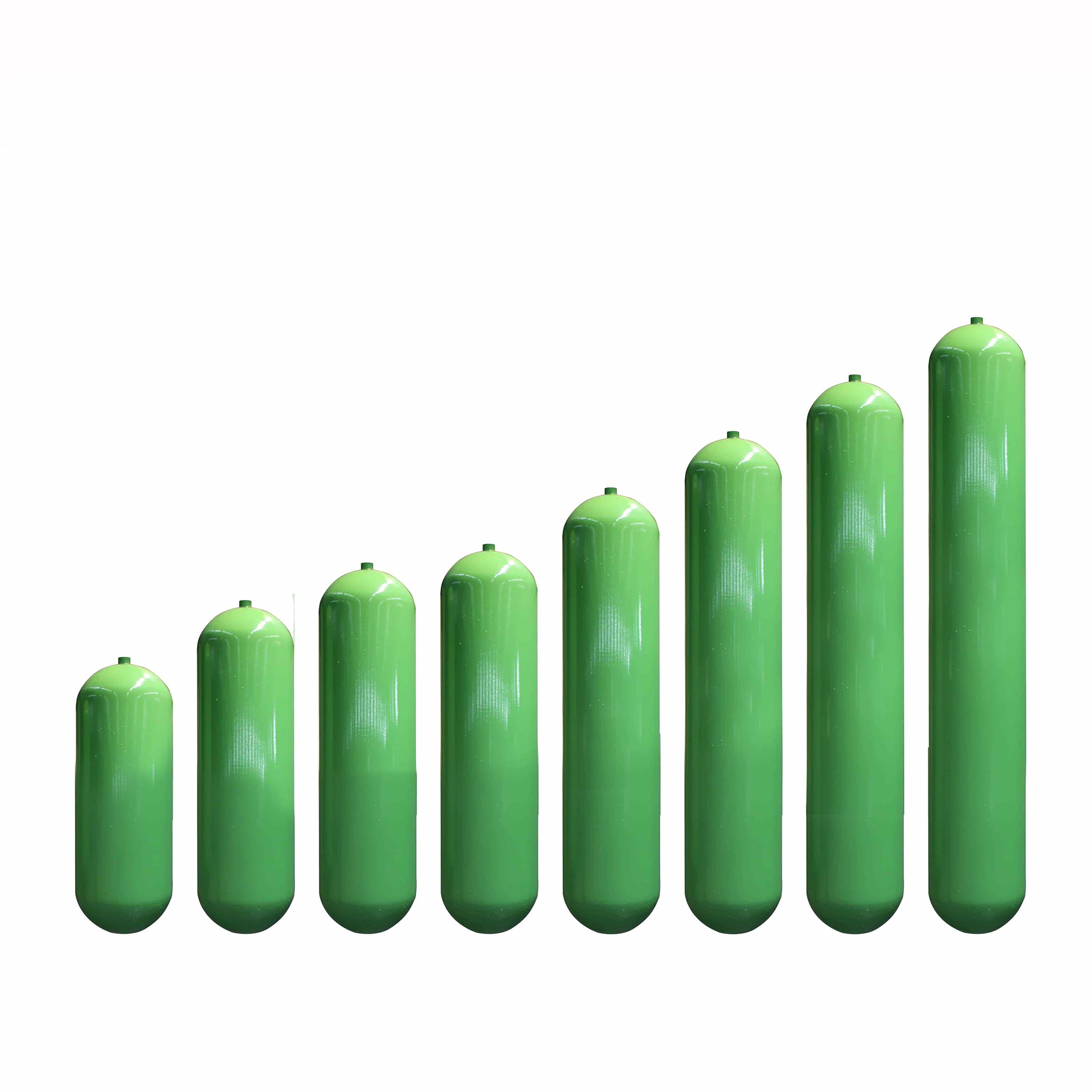
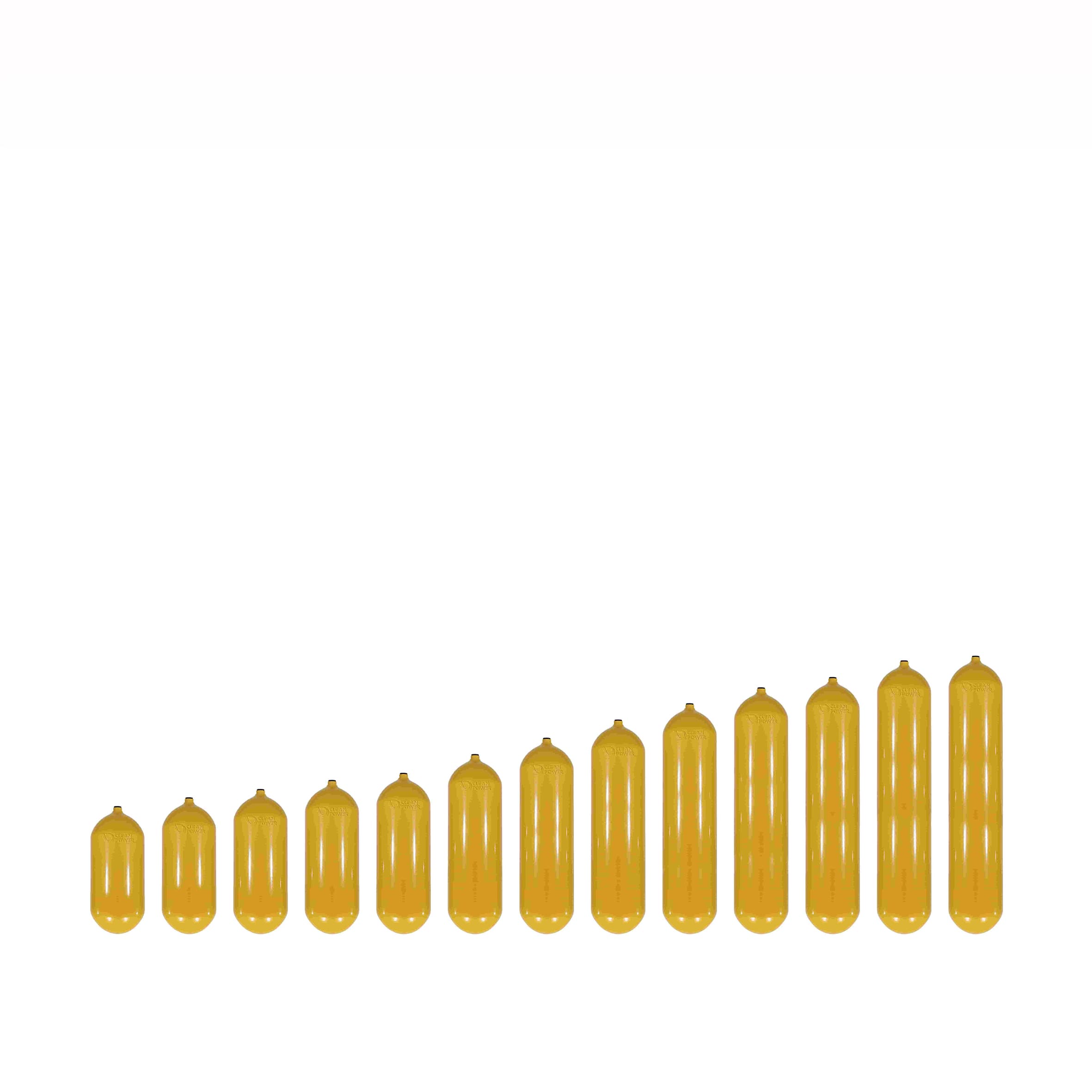
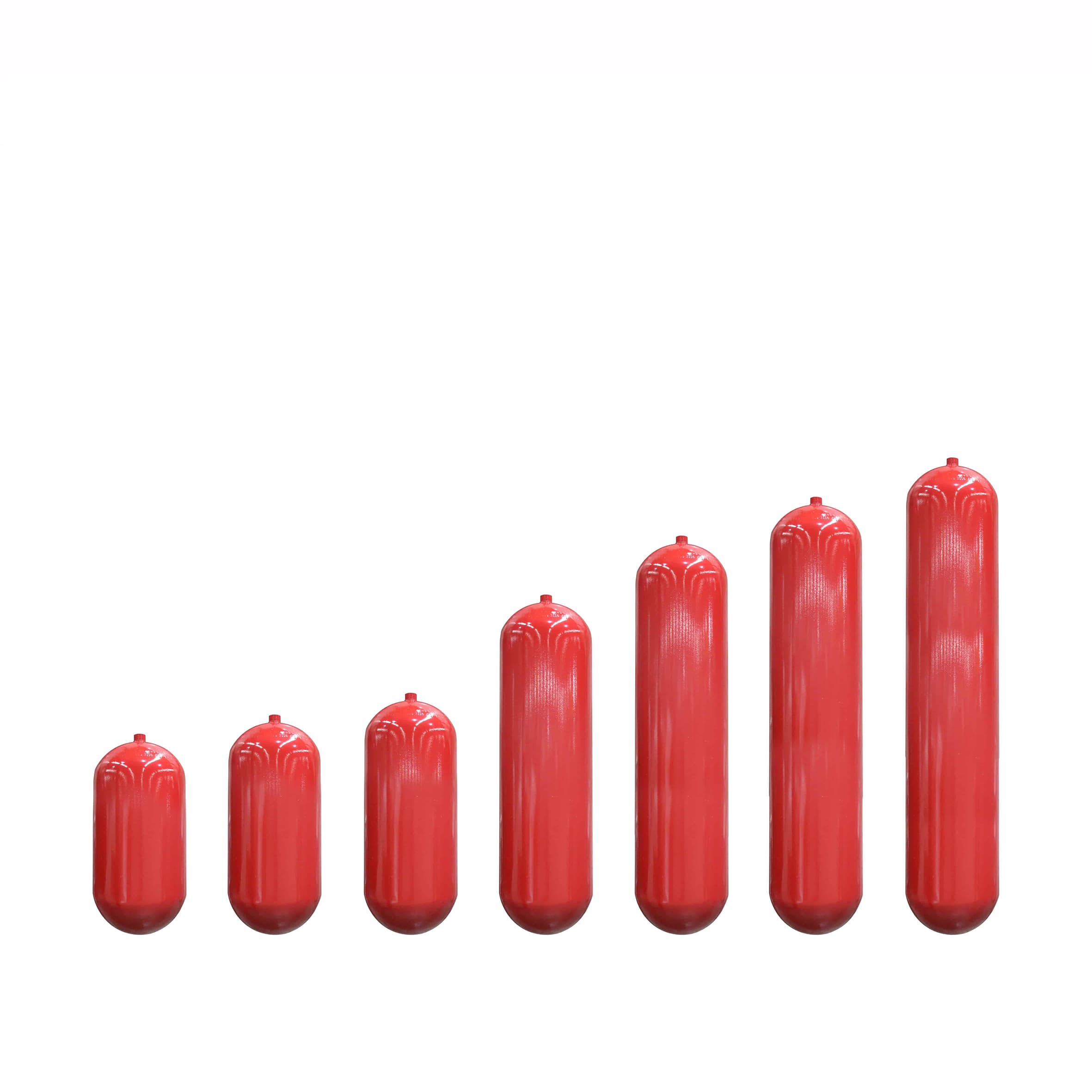
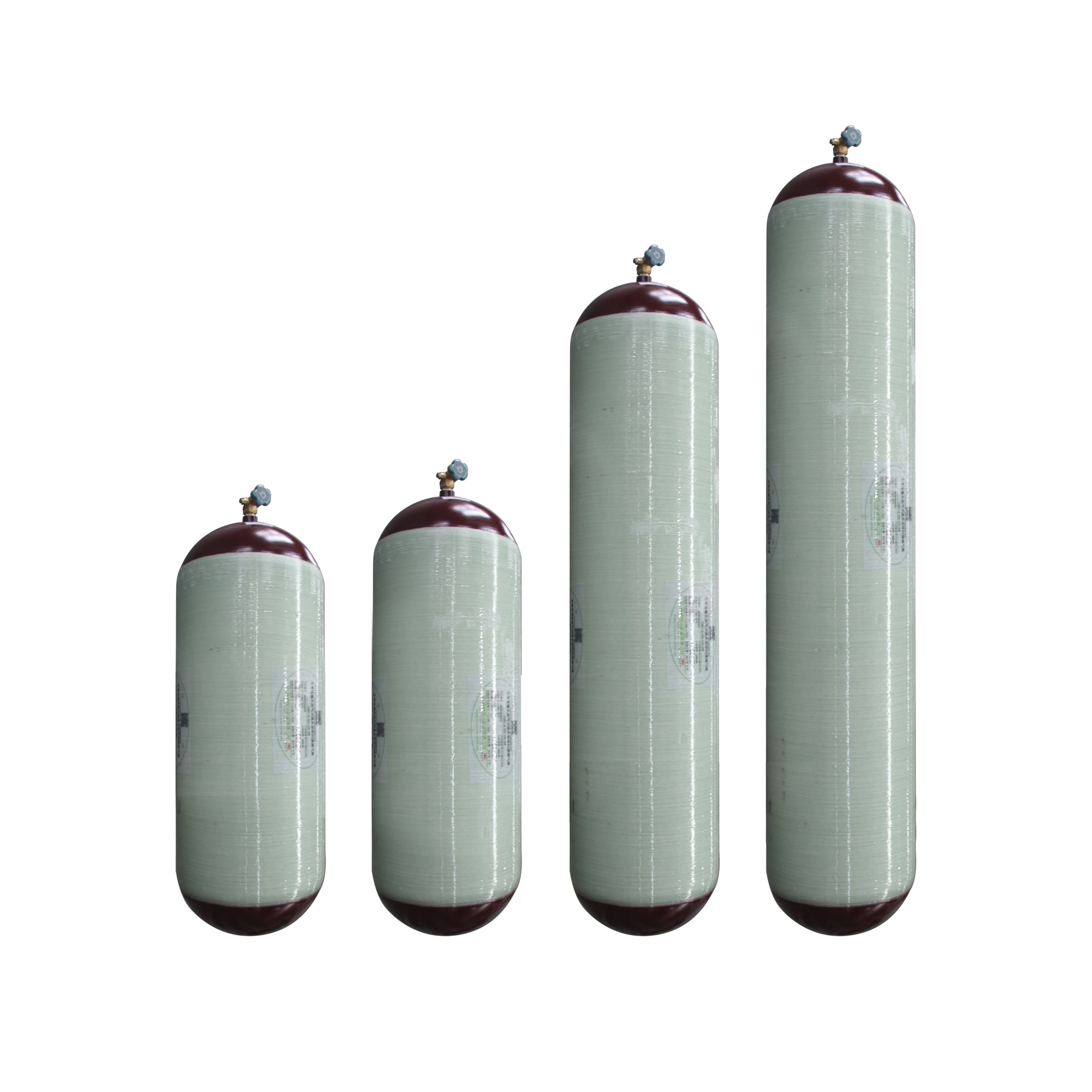
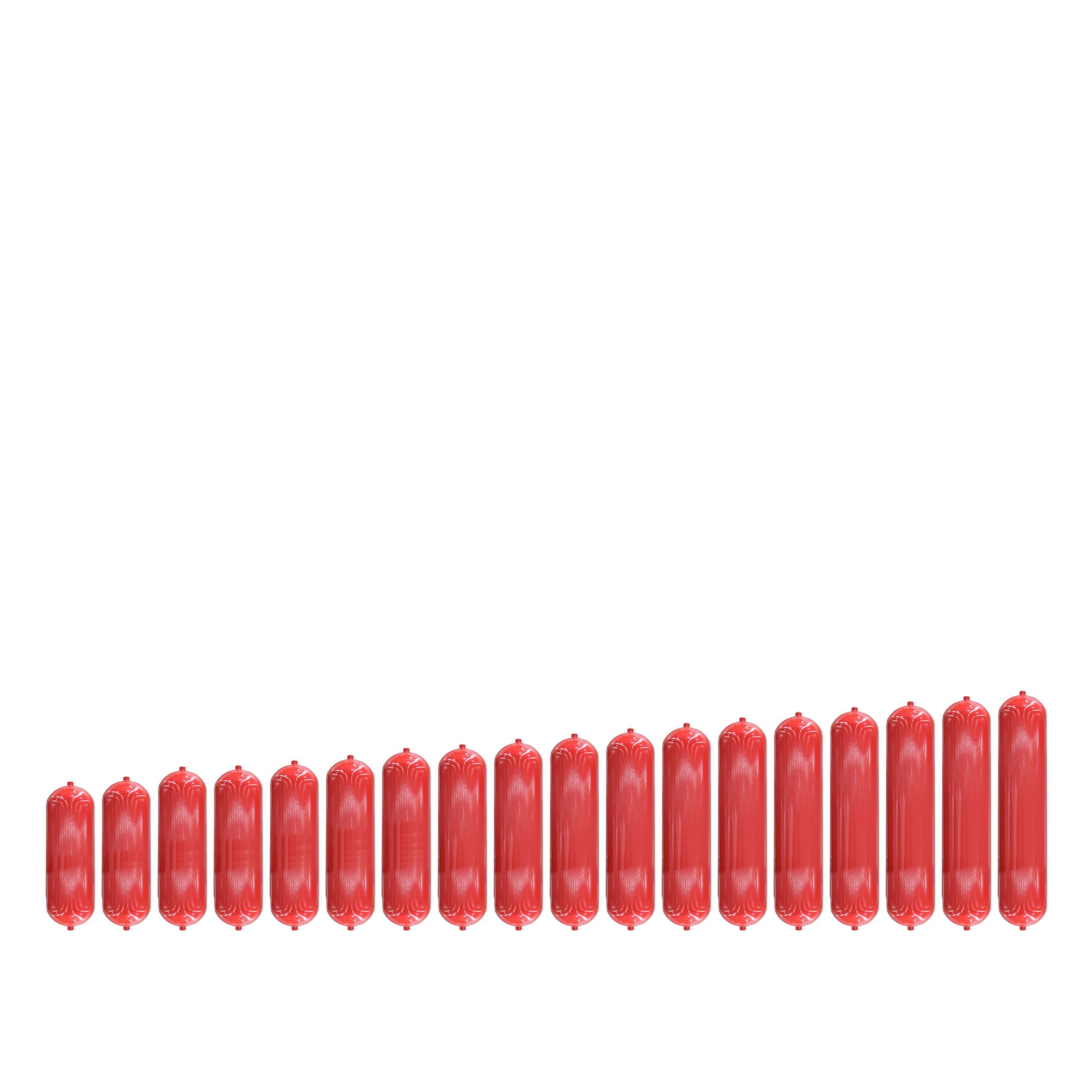



 IPv6 network supported
IPv6 network supported
